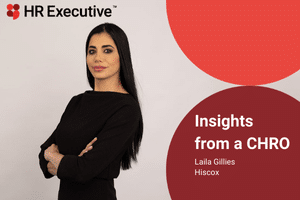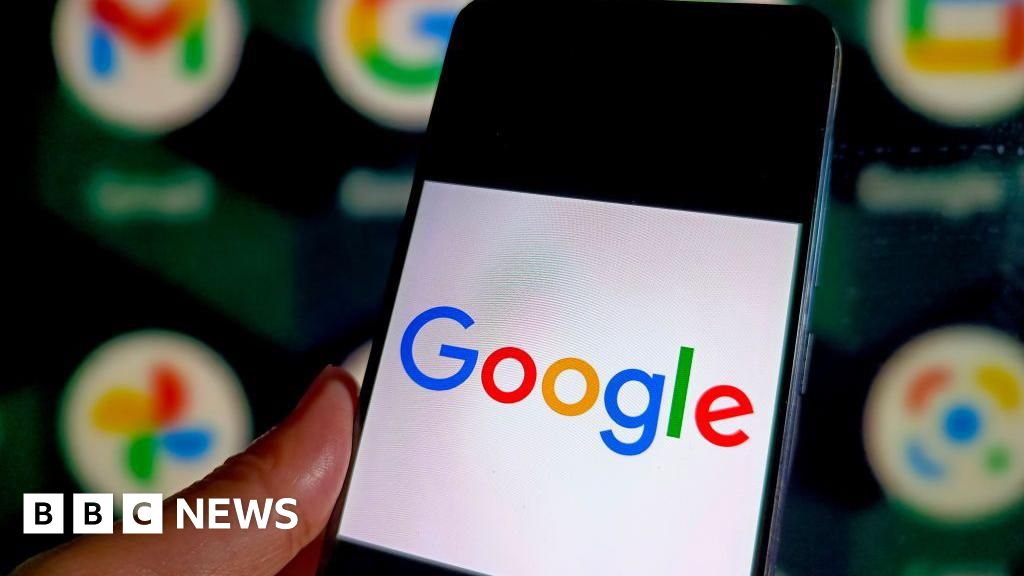In the last few years, employee attention to the quality of their benefits offerings has grown—and insurance provider Hiscox recognizes that employer attention needs to match that interest, says Laila Gillies, head of HR in the U.S.
“Our wellness and benefits programs are a unique differentiator for us,” she says. “If you’re looking to set yourself apart in any way, it requires continuous innovation.”
That doesn’t necessarily mean that employers need to reinvent the wheel regarding employee benefits. Rather, Gillies says, HR and benefits leaders can help their organization stand out with a “twist” on benefits already available in the market. For instance, Hiscox took the idea of paid sabbaticals for long-tenured employees and opened eligibility to all employees after five years of service. Likewise, instead of offering company stock only to executives, that option was extended to all employees, regardless of role.
The company’s comprehensive benefits and wellness offerings have helped earn Hiscox the Cigna Healthy Workforce Designation for the last four years, Gillies says.
She recently spoke with HR Executive about Hiscox’s employee benefits strategy and how it’s driving talent attraction, retention and engagement.
Gillies: Our benefits and wellness programs are one of the top five reasons why employees join the company, based on our internal survey. [Benefits have] been a growing priority for employees since the pandemic. We’ve also experienced a high number of boomerang employees, or rehires, due to our company culture and benefits. When I think about it, it’s less about any one benefit and more around what our organizational commitment to wellbeing represents: It says that we are an organization that truly values people, that we’re invested in their health and happiness, both inside and outside of the workplace, and that we want them to feel valued and cared for. That’s often how employees describe our culture. Having that represented through our wellbeing offerings creates a sense of pride, and it’s that that has the greatest impact on attracting and retaining talent.
HR Executive: How is that sense of pride trickling down to day-to-day engagement?
Gillies: The more emotionally invested you are, the more engaged you are, and that’s going to drive productivity and retention. Taking that holistic wellness approach—thinking about physical, financial, mental and social wellbeing—and showing employees that we care and understand their needs is one way [to do that]. There are a few other things I think that have made a difference in the way that we approach it.
First is empowering our employees with skills and knowledge. We’re not only providing a benefit like 401(k) or access to medical care or gym reimbursements. We’re providing educational resources to improve financial literacy and sharing techniques that improve mental wellbeing, such as mindfulness. We have one event coming up around creating behavioral changes that enable healthy habits to last. We’re not only making these resources available on the internet for people to access on their own time; we find that people tend to access these resources when their health is impacted, and it can be too late at that point. So, we want to push the information out and hold sessions inside of the workday, which also signals the importance that we place on it.
The second thing is we make it fun. We’re all kids at heart, and we hold wellness competitions, walking challenges, hydration challenges, where individuals form teams and compete over a period of time. People get so into it, and it creates such a buzz and a sense of camaraderie for a great purpose. And lastly, we’re constantly looking to evolve our benefits and our wellness offerings to ensure they’re valued and relevant, and we’re taking feedback from employees to help shape those offerings.
HR Executive: How do you measure employee engagement?
Gillies: It’s been really interesting to see how engagement and those measures have evolved. Over the past decade, we’ve seen it going from long annual surveys on a range of topics with actions that companies will take over the next year or two, to what organizations such as ours are doing now: taking a more comprehensive and continuous approach to listening. Our listening strategy considers the overall employee experience and solicits regular feedback during the various touchpoints throughout the employee journey, which enables us to take actions more quickly.
Employee engagement is still important so we will measure that—but it’s now more a product of looking at the holistic employee experience. We’re taking that feedback, influencing our plans based on what we see and hear. It’s more fluid and more data-driven than ever before.
HR Executive: How did the organization arrive at its current hybrid work strategy?
Gillies: We are a values-driven organization, and so that’s what we turn to in times of uncertainty. Being connected is one of our core values, so, how we wanted that represented in this new world was something we had to give a lot of thought to. We did a great job at remaining connected when we were working remotely through the pandemic—checking in on team members and virtual events—but we also place a great deal of value on coming together in person, and we recognize the positive impact that has on strengthening connections and building new ones.
We ended up adopting an activity-based working model, which provides individuals with the flexibility to work from home when performing activities that are best done remotely—Zoom meetings with team members across different locations—and coming together for activities that we feel are more effectively done in person like innovation sessions, team-building, networking. That approach has worked for us because we’re maintaining the flexibility to manage our everyday lives and the surprises that come with it, without diluting the values that ultimately drive our culture.
HR Executive: What has employee feedback about that model been like?
Gillies: Something like a mandate is easier to explain. It’s simpler, but you don’t reap the benefits because it doesn’t provide that same level of flexibility. So, the feedback was very positive on the approach overall, but when we used our pulse surveys to check in on it, we found that employees wanted a little more guidance on what those activities were that were best performed remotely versus those that were best performed in person. That interpretation varied, and that’s how it played out over time. That led us to then create guidance and refresh our approach earlier this year, and we’ll continue to monitor because I’m sure that’s going to change as well.
HR Executive: Looking ahead, where is your focus when it comes to upskilling your workforce?
Gillies: In general, our strategy is future-focused, so it’s critical that we upskill our talent in areas that enable us to remain competitive and drive our business strategy. First is data and digital literacy. That’s a big one. AI, automation, emerging technology—it all requires new skills, and we want to remain ahead of that, enabling employees to adapt to these new technologies and tools and make informed decisions based on data-driven insights. The second is digital learning platforms. People are used to having access to what they need in real-time, any time they need it in the real world—and that expectation holds true for the workplace. Launching digital learning courses such as LinkedIn Learning, which is something we just rolled out, can provide easy, accessible resources that promote continued learning and build our leadership capabilities. Leaders drive culture, so we are revamping our [learning] program and launching it in the new year.
HR Executive: Outside of work, what are you passionate about?
Gillies: My family. I spent the majority of my life as a single parent, really wanting to be a role model for my two now-older boys, and now I have a third: Sophia. Spending time with them, learning from them and recognizing the impact that I have on them as a role model motivates me to be the best version of myself.
Credit: Source link











